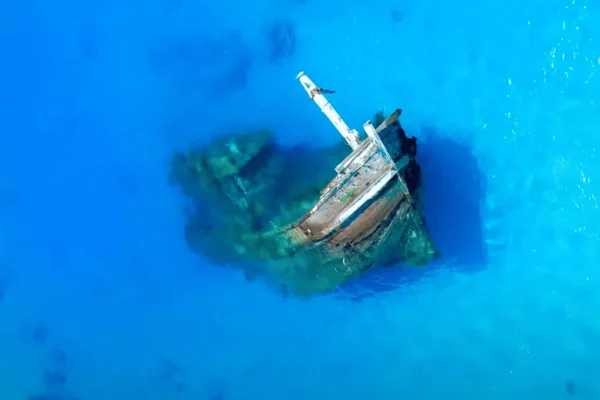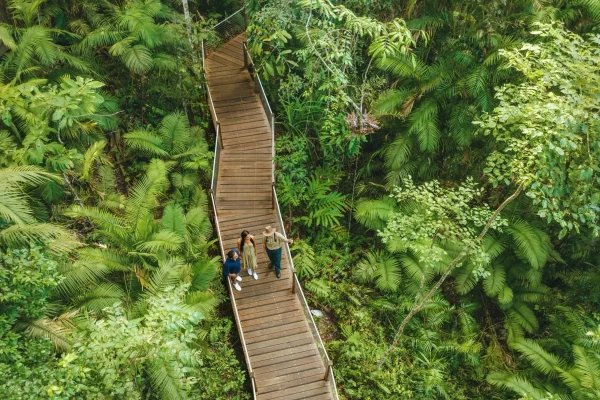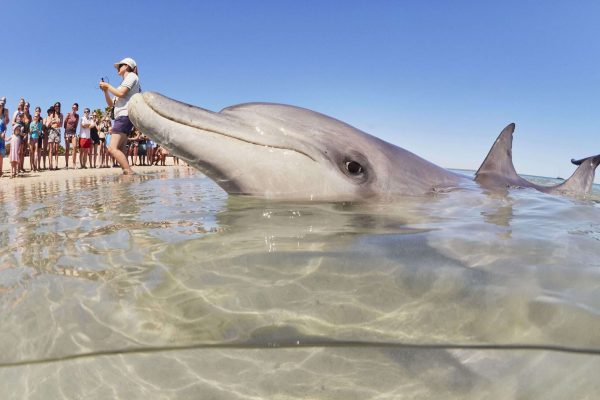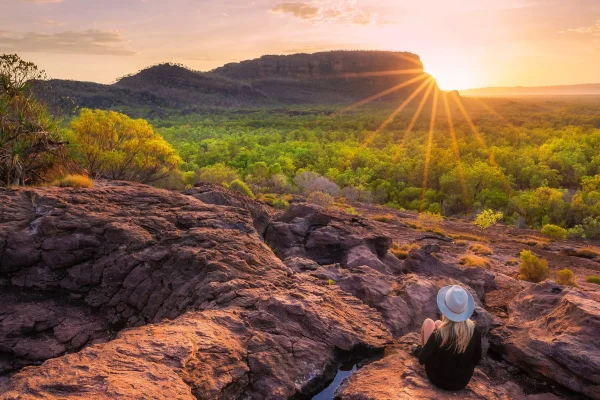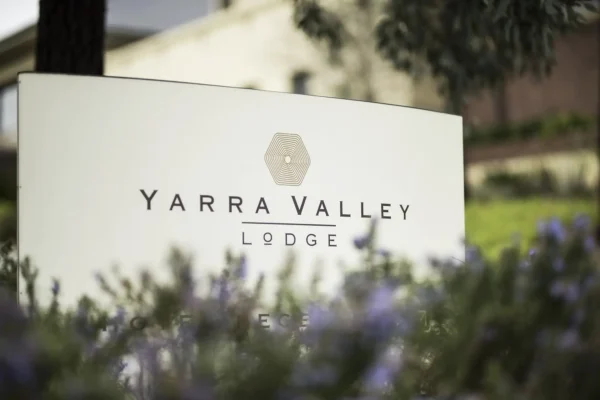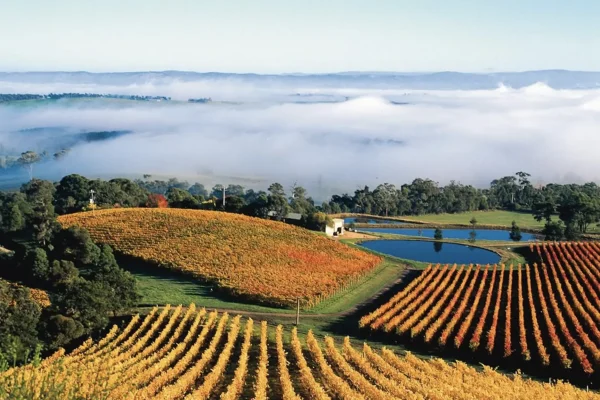The Great Ocean Road is one of the most famous coastal drives in the world, and for good reason: it’s got natural beauty, history and culture in spades. Amongst all the many amazing stops along the way, Cape Patton Lookout is a real treasure. Perched on the cliffs, this lookout gives you views of the Southern Ocean, green hills and iconic rock formations. Whether you’re a nature lover, a road tripper, or just looking for a moment of peace in the midst of grandeur, Cape Patton Lookout is a must-see. It’s more than just a lookout; it’s an experience of the Great Ocean Road.
The History of Cape Lookout
The story of Cape Patton Lookout is part of the story of the Great Ocean Road, an engineering feat and a tribute to the Australian soldiers who served in World War I. Built in the 1920s and 30s, the road was a memorial and a way to connect remote communities along the rugged southern coast. Cape Patton was named after Lieutenant Colonel James Patton, a local legend. The area quickly became one of the most popular lookouts along the road, and people came to see the dramatic views. From its early days as a simple lookout to its current status as a top tourist attraction, Cape Patton Lookout is a testament to both nature and human endeavour.
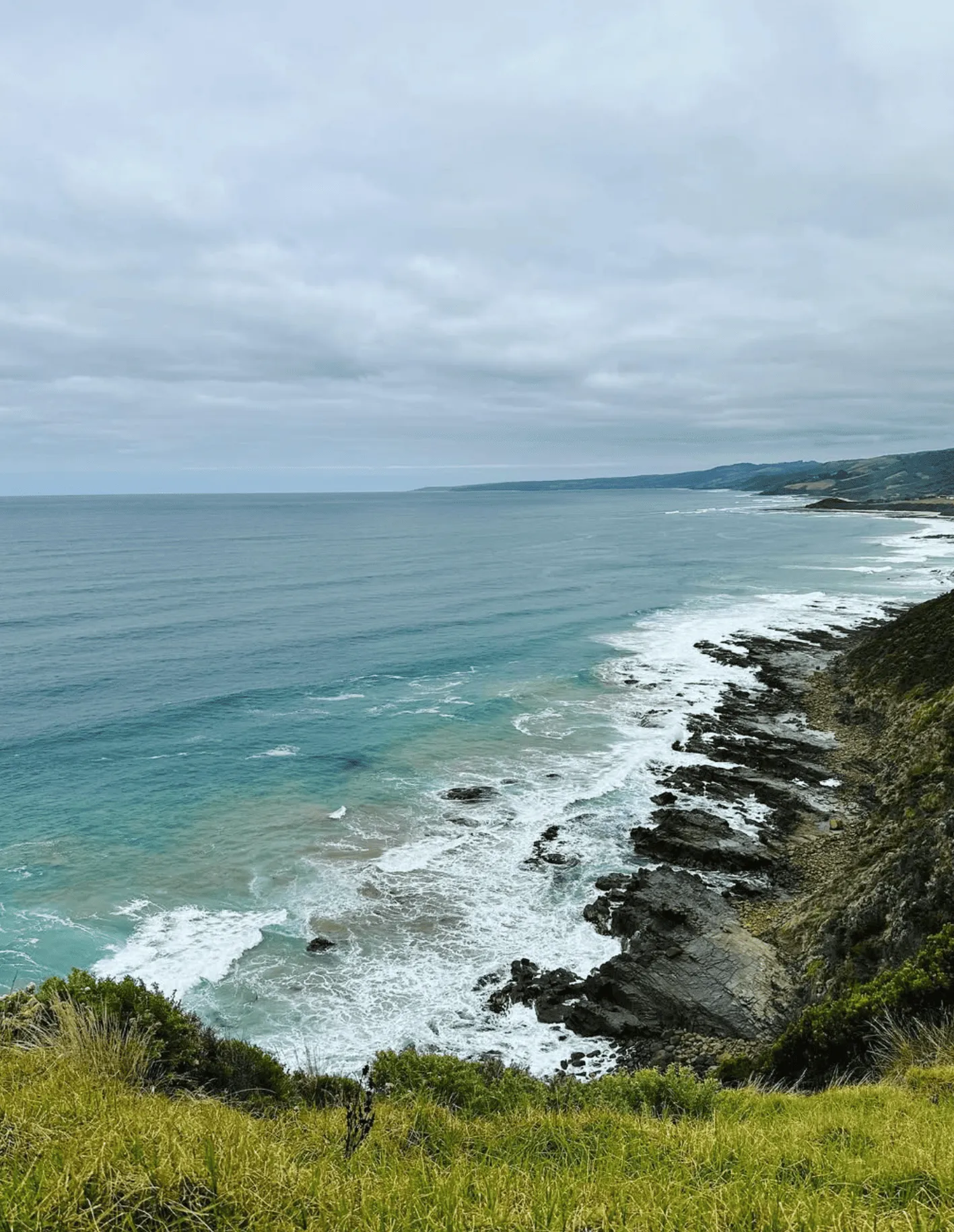
Wildlife Wonders
Cape Patton is a wildlife haven, so if you love nature, you’ll love it here. The rainforests and ancient forests around the lookout are a sanctuary for many animals. Keep an eye out for koalas in the eucalyptus trees or kangaroos in the open fields. Birdwatchers will enjoy the native wildlife like the sulphur-crested cockatoo, wedge-tailed eagle and rainbow lorikeet. In the water below, you might see dolphins playing near the shore or a seal on the rocks. If you’re visiting during whale season, you’re in for a treat. Southern Right and Humpback Whales pass through these waters, and you can see them up close.
How to Get to Patton Lookout
Between Apollo Bay and Kennett River on the Great Ocean Road. From Melbourne, take the Princes Highway and then turn onto the Great Ocean Road. As you drive through the coastal towns of Lorne, Wye River and Skenes Creek, you will see stunning views and many attractions. If using public transport, regional buses run between the major towns along the route, but a self-drive tour gives you the freedom to explore the area. The lookout is well-signposted and has a designated pull-off with plenty of parking. Whether you are going on a day trip or a multi-day trip, the journey to Cape Patton is as good as the destination.
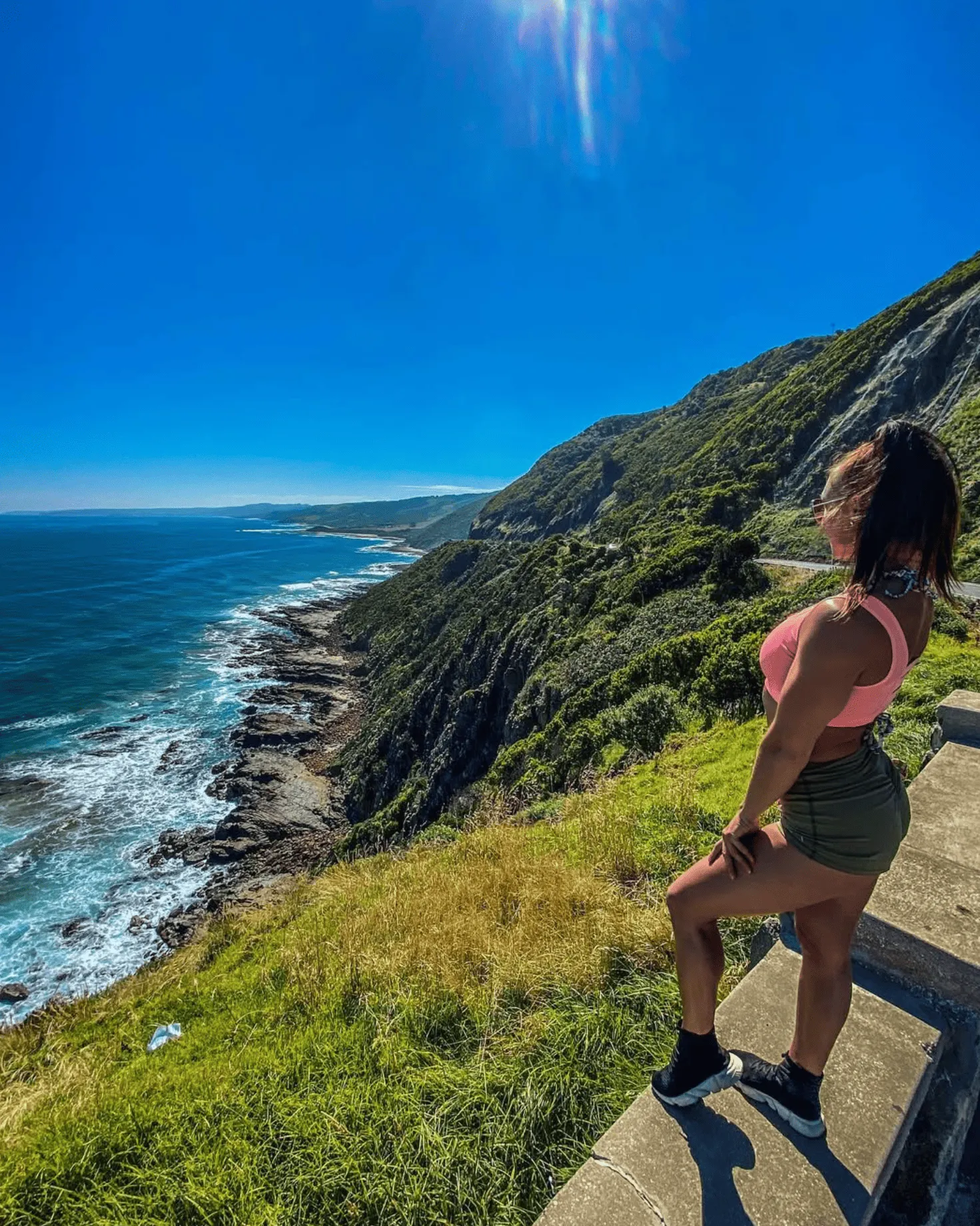
Best Time to Visit
Cape Patton Lookout is a year-round destination, with each season offering a unique experience. Summer (December to February) brings warm and sunny weather, perfect for beach days and breathtaking lookout views. In Autumn (March to May), the cool weather and vibrant colours of the ancient rainforests make it an ideal time for scenic walks. Winter (June to August) is great for whale watching, with fewer crowds and the chance to spot whales from the lookout. Spring (September to November) ushers in a stunning display of wildflowers blooming across the hinterland, adding even more beauty to the already stunning coastline. No matter when you visit, Cape Patton Lookout offers unforgettable views and memories. For an easy way to explore, consider taking one of the great ocean road bus tours to reach this spectacular destination.
Things to See & Do
Beyond the views Cape Patton Lookout has plenty to offer. Whether you want to get the perfect photo, spot wildlife or have a picnic this lookout caters for all. Nearby you can take short walks, explore hidden beaches and discover the regions rainforests.

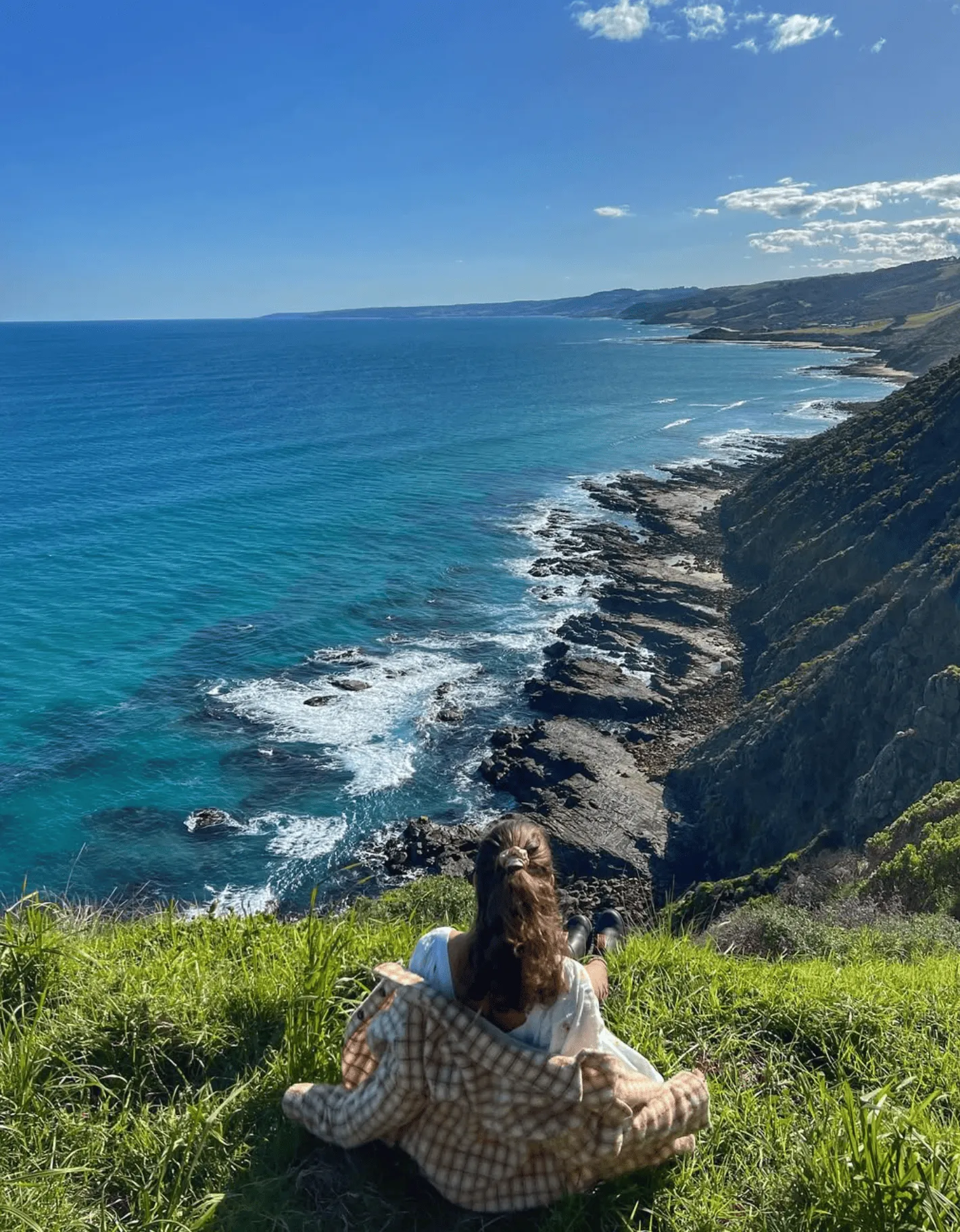
Panoramic Views
Few places on the Great Ocean Road have views as big and beautiful as Cape Patton Lookout. From here, you will see craggy cliffs plunging into the Bass Strait, waves crashing against limestone cliffs and the endless blue of the Southern Ocean. On a clear day, you can see as far as Cape Otway and its rolling hills and distant lighthouse. The contrast between the rugged coastline and the green of the hinterland is a visual feast that is both peaceful and exhilarating.
Capturing Cape Lookout
Photographers, both pro and amateur, will love Cape Patton Lookout. The rugged cliffs, natural rock formations and ocean views are endless. The golden hour (just after sunrise and before sunset) is soft and warm and brings out the best in the landscape. Capture the coastline, the colours of the ocean, or the intricate details of the ferns and flora. If you like wildlife photography, the lookout is close to habitats full of native wildlife, so you can snap kangaroos, koalas and many birds in their natural environment.
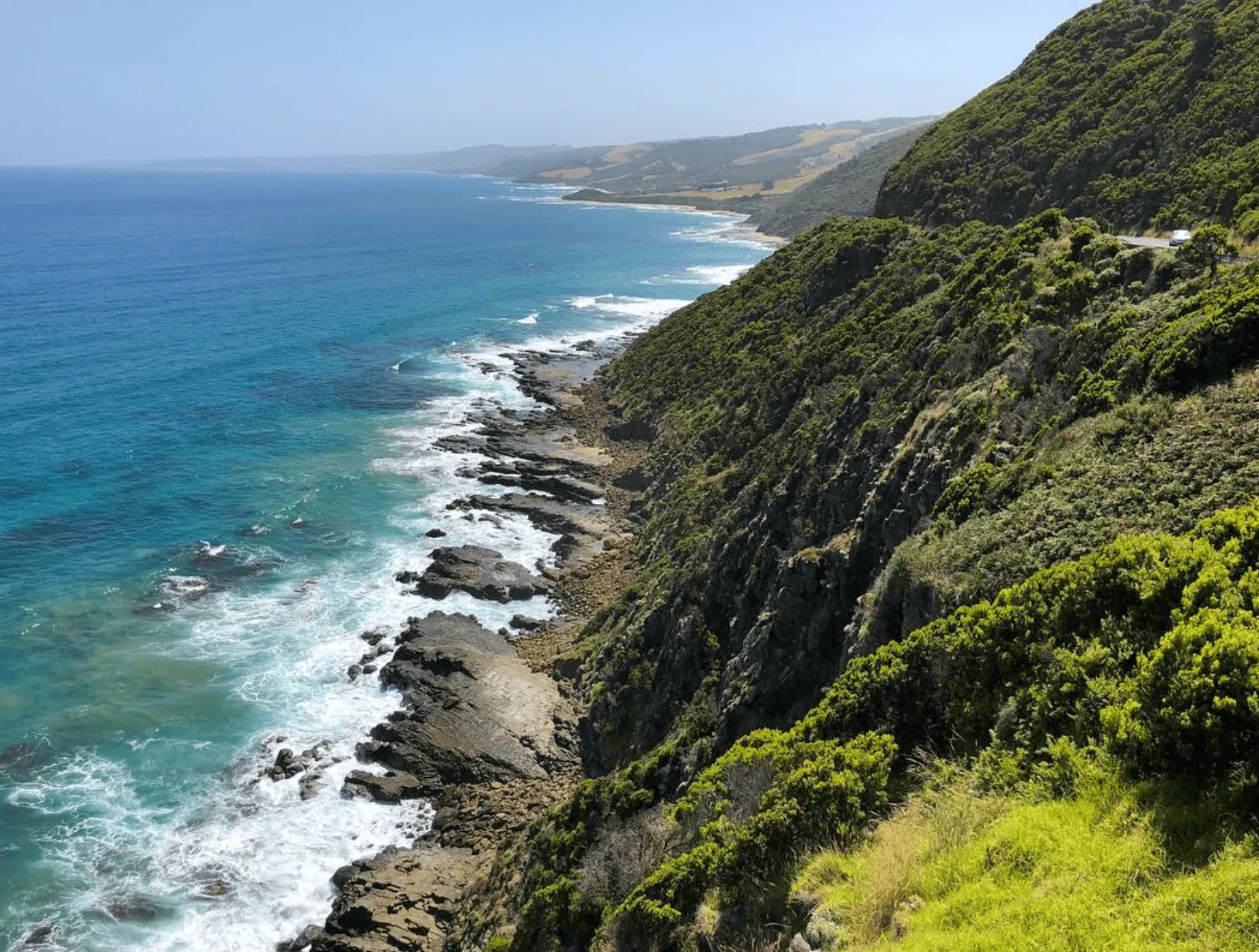
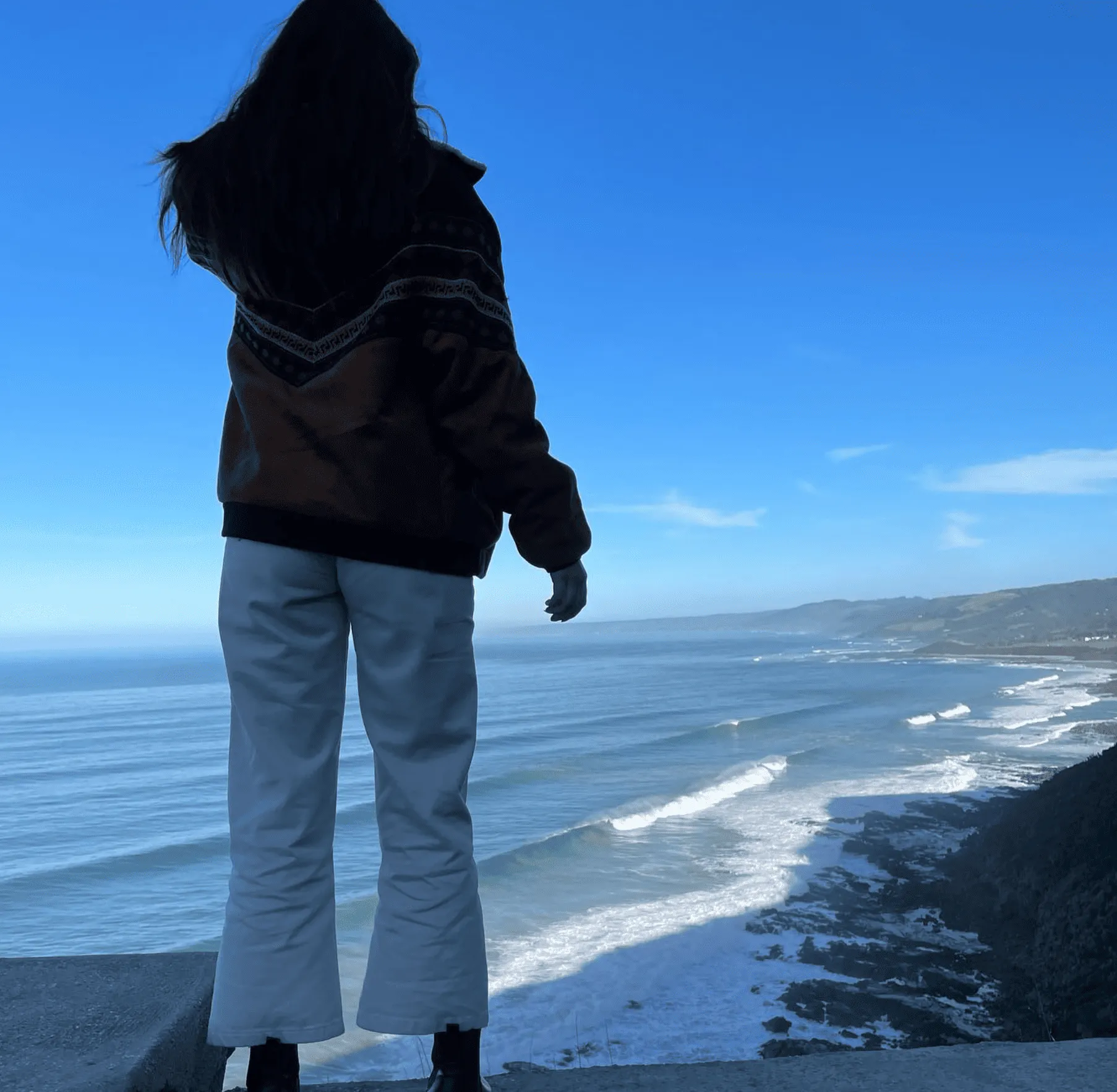
Whale Watching
Cape Patton Lookout is a great spot for whale watching, especially during winter and early spring. Each year, Southern Right Whales and Humpbacks migrate along Australia’s southern coast, and you can see them from here. With a bit of patience and a pair of binoculars, you might see them breach, slap their tails or even nurse their young calves. The lookout is elevated, so you get a clear view of the whales as they pass through the Bass Strait.
Picnicking
If you just want to sit and take it all in, Cape Patton Lookout is a great spot for a picnic. Pack a basket with local goodies, find a spot on the cliff tops and have a meal with a view. The sea breeze and sound of the waves below are very relaxing. Blanket Bay and Childers Cove are also great picnic spots, each with their own character.
Scenic Drives
The drive to Cape Patton is as beautiful as the lookout. As you drive along the Great Ocean Road, you’ll pass through coastal towns and villages like Port Fairy, Apollo Bay and Barwon Heads. Each stop has its own attractions, from famous surf beaches like Bells Beach to the treetop walks of Otway Fly. Whether you’re driving along the coast or inland along Binns Road, the journey is full of coastline, landscape and endless opportunities to explore.
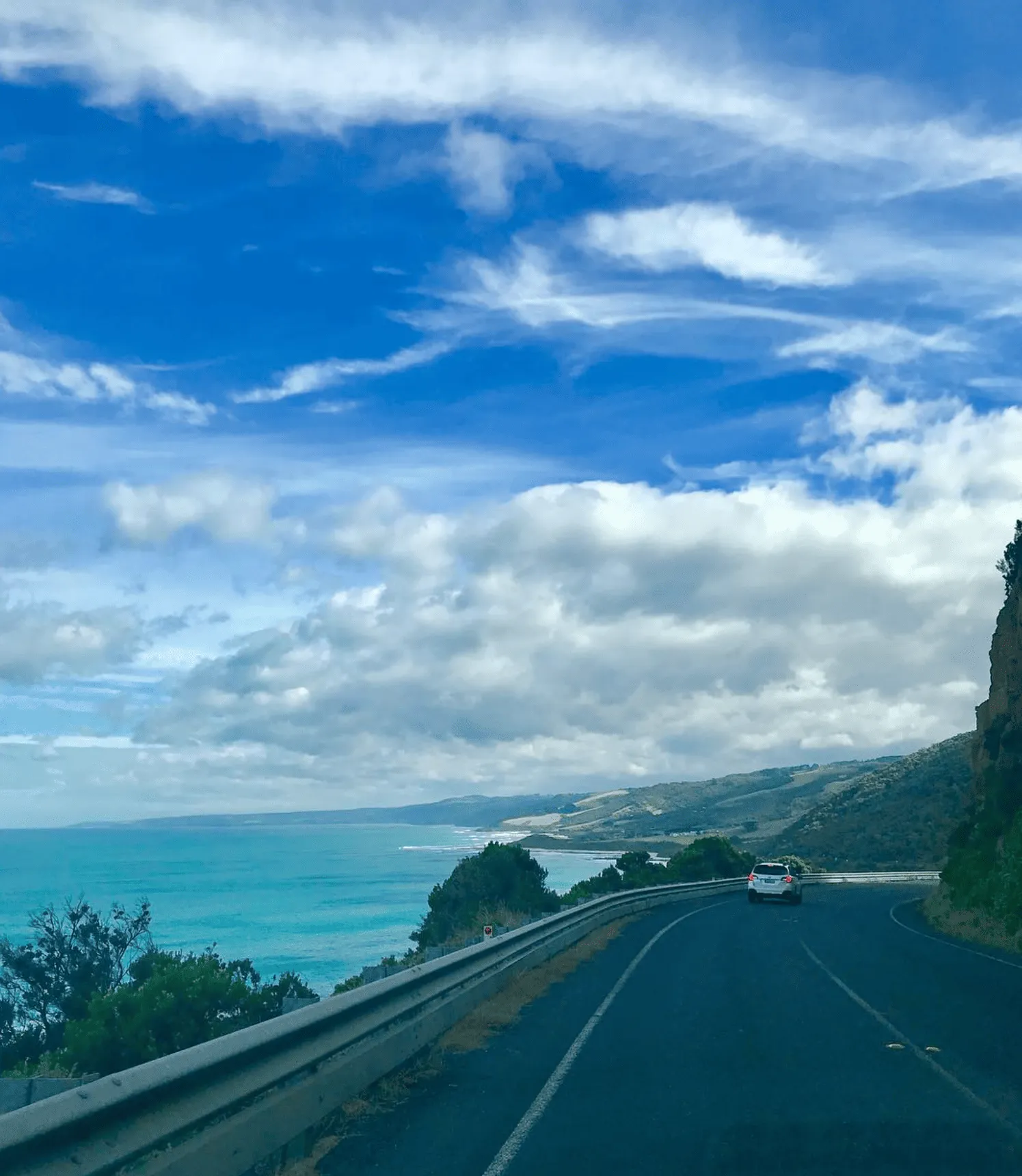
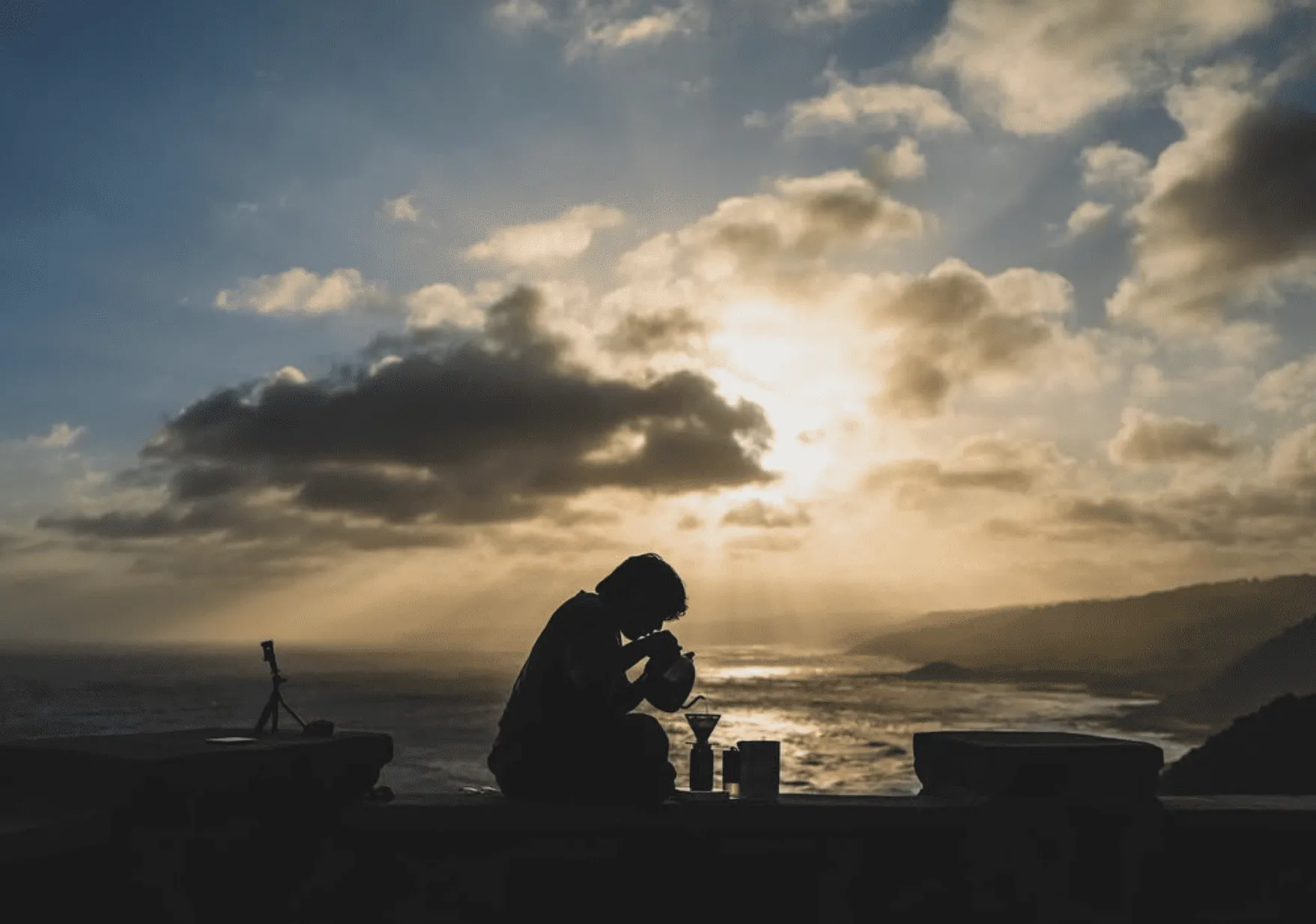
Sunrise and Sunset
Lake Tooliorook
Watching the sunrise or sunset at Cape Patton Lookout is magical. In the morning the first light of day lights up the cliffs and the landscape is bathed in a soft golden glow. As the day ends the sun sets the sky alight with orange, pink and purple and the Southern Ocean is the backdrop. Don’t miss these moments and start or end your day on the Great Ocean Road.
Walking and Hiking
Cape Patton itself doesn’t have many walking trails but the surrounding area is a walker’s heaven. Nearby you’ll find trails to Johanna Beach, Moonlight Head and the Grey River. For a more immersive experience head into the ancient rainforest trails of the Otways where you’ll find towering trees, redwood forests and hidden waterfalls. Whether you want a leisurely stroll or a challenging hike the area has something for everyone.
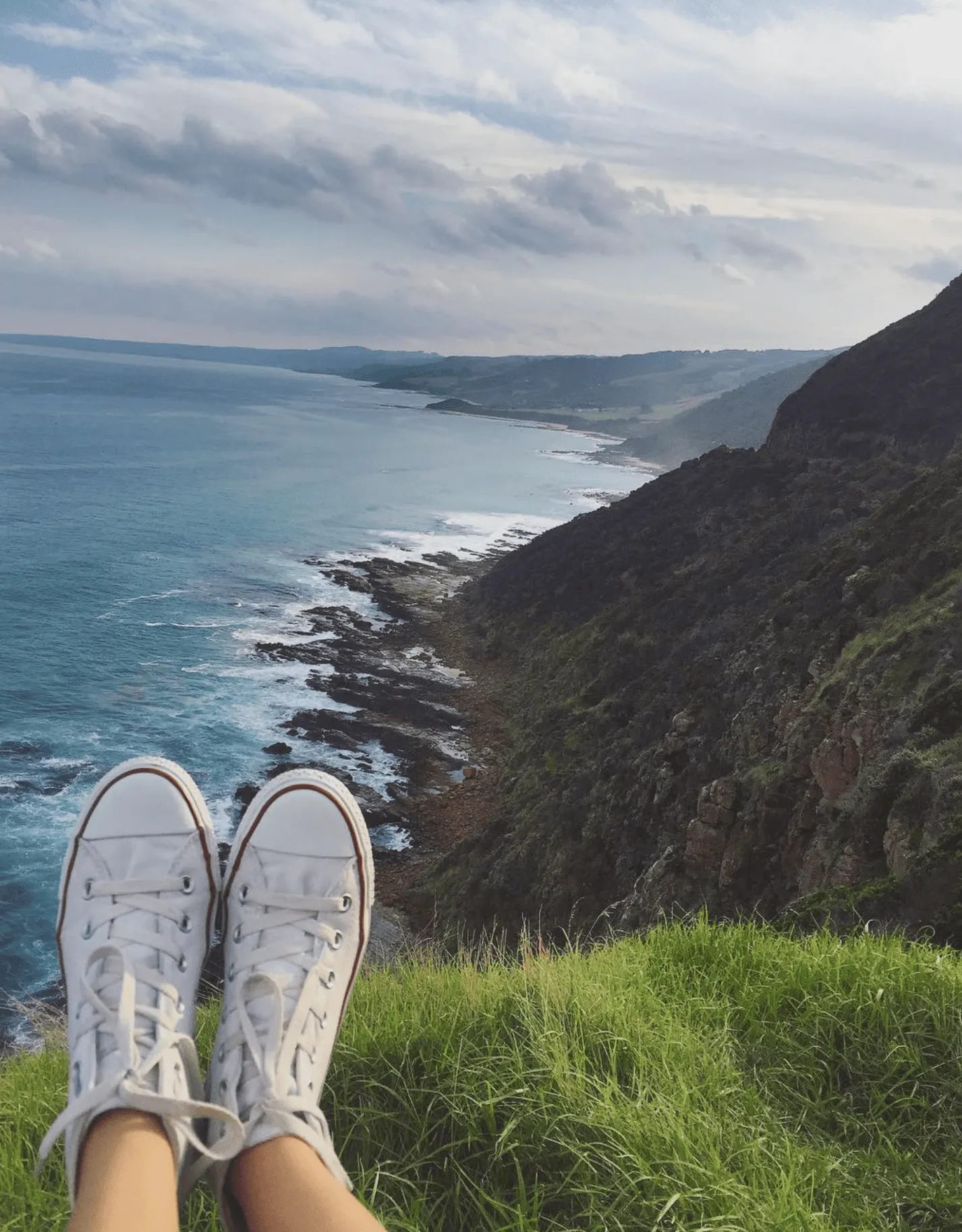
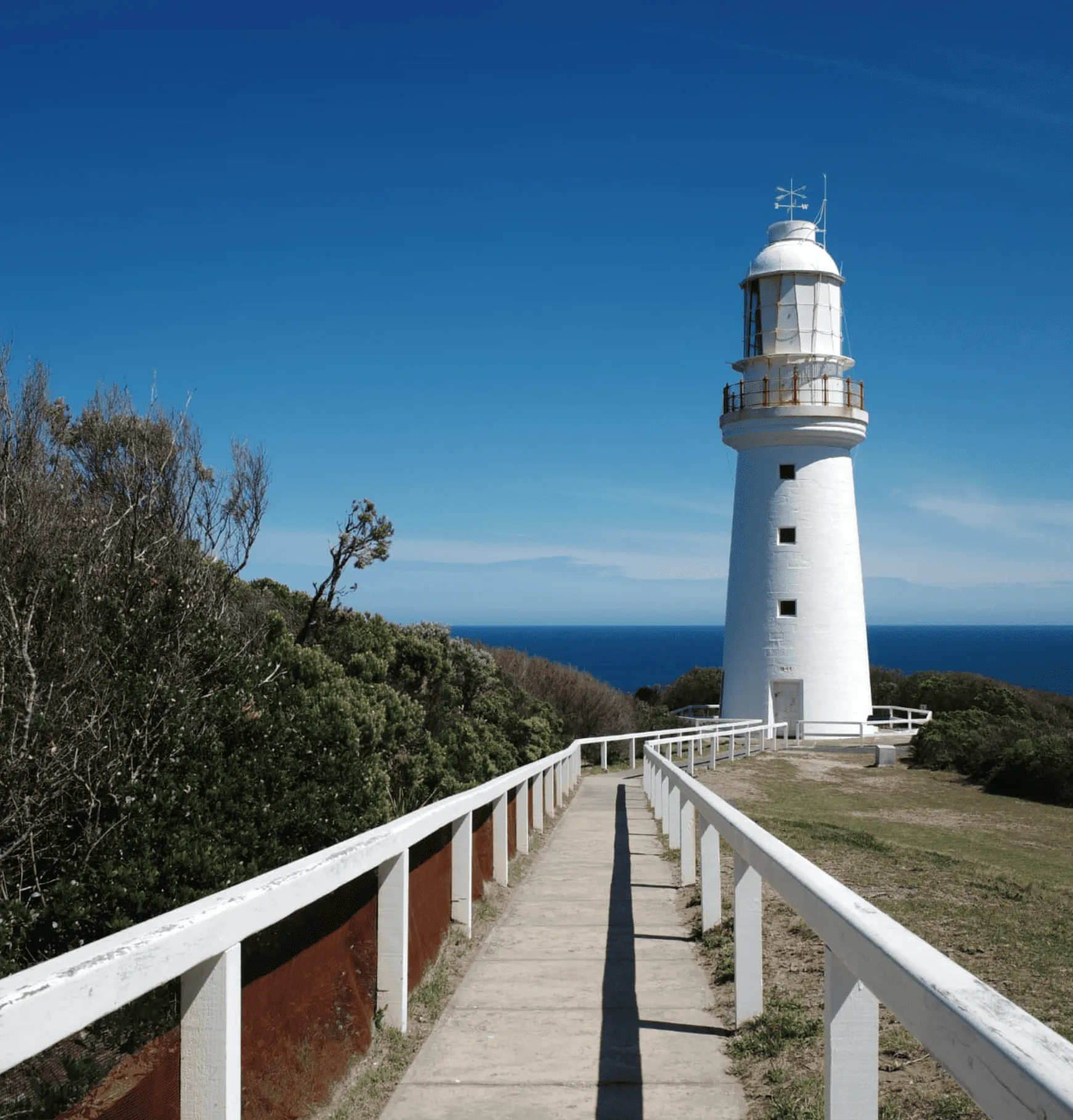
Nearby Attractions
Cape Patton Lookout is just one of many attractions in the area. Port Campbell National Park is home to the famous Twelve Apostles and Loch Ard Gorge. Visit the historic Cape Otway Lighthouse, one of the oldest lighthouses in Australia, or take a detour to the peaceful Blue Lake and Aire River. If you’re interested in marine life, head to the Ice Creamery and nearby beachfront campsites for fun and relaxation.
The Great Ocean Road is one of the most famous coastal drives in the world, and for good reason: it’s got natural beauty, history and culture in spades.
FAQ
How long is the drive from Melbourne to Cape Patton Lookout?
About two hours depending on traffic and stops.
Is there parking at Cape Patton Lookout?
Yes, there is a pull-off with parking.–
Can I visit Cape Patton Lookout all year?
Open all year round. Winter for whale watching, spring for wildflowers.
Are there places to stay near Cape Patton Lookout?
Yes, nearby Apollo Bay and Skenes Creek have a range of accommodation options, from beachfront campsites to luxury lodges.
What else is nearby?
Port Campbell National Park, Otway Fly Treetop Adventures, Johanna Beach, Bay of Islands and Apostles Coast & Hinterland.


